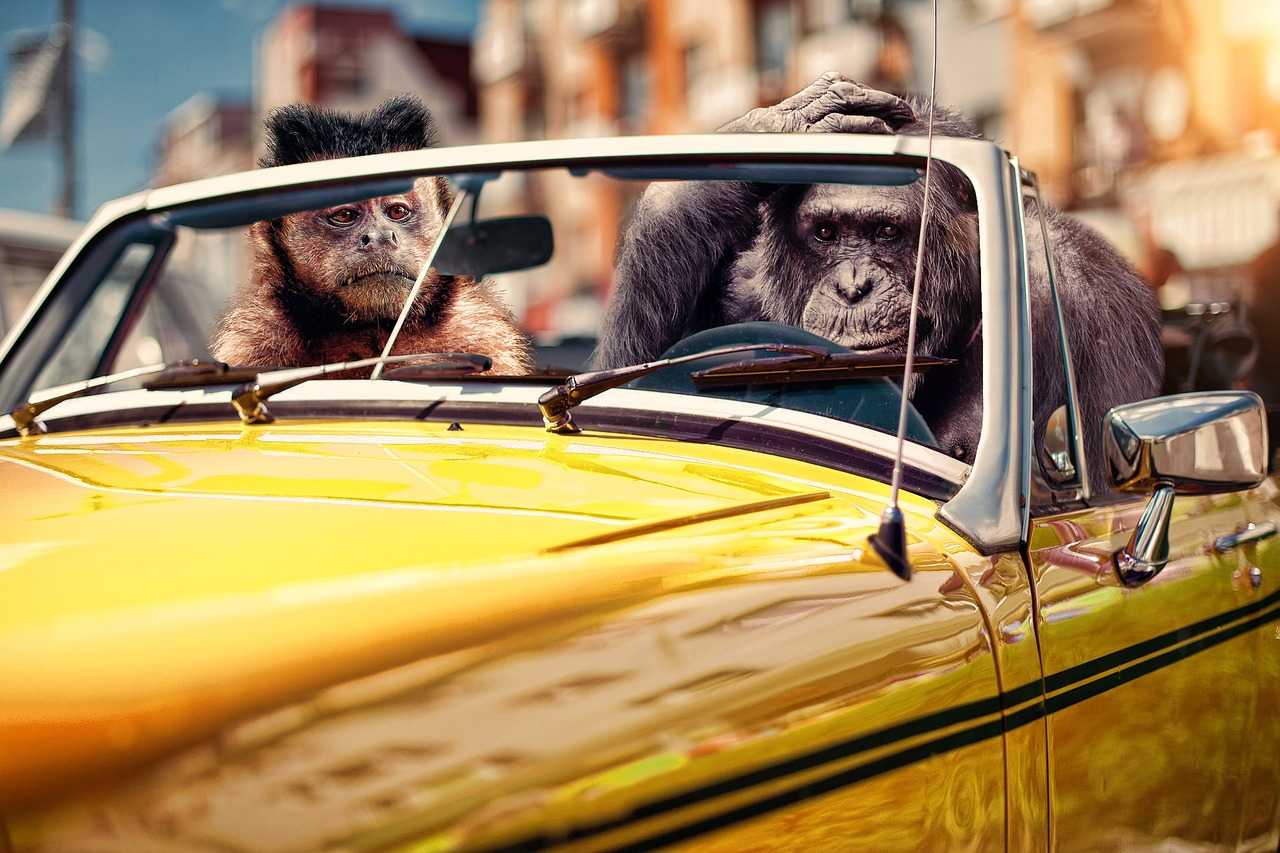Advertising succeeds when it meets audiences in their comfort zones, and today, much of online culture thrives on memes. These humorous, highly shareable snippets of content have transcended entertainment to become a marketing force, particularly among Gen Z and Millennials.
A report by YPulse found that 55% of Gen Z and Millennials share memes weekly, and 30% share them daily. This presents brands with an unparalleled opportunity to engage millions at minimal cost. Take Gucci’s “#TFWGucci” campaign as an example: by using memes, the luxury brand successfully connected with younger audiences, achieving a 115% spike in engagement compared to its usual content.
Why do memes work so well? Their relatability and humor make them emotionally resonant, helping brands build authentic connections. Platforms like Instagram, with over 2 billion active users, amplify their reach, allowing memes to blend into feeds naturally, avoiding the overproduced feel of traditional ads.
Tesla offers another compelling case. The Cybertruck’s unconventional design sparked a flood of memes across social media. Instead of resisting, Tesla leaned into the buzz, driving over 250,000 preorders within a week. It’s a testament to the power of memes to drive virality and, ultimately, conversions.
However, there’s a caveat: memes are rooted in rapidly evolving cultural contexts. Misjudging or misusing them can alienate audiences, making it crucial for brands to stay agile and authentic. Successful meme marketing requires understanding your audience and delivering content that aligns with their humor and sensibilities.
Memes are democratizing advertising. They allow startups to compete with global giants through wit and creativity, proving that with the right approach, anyone can command the digital spotlight.
In a world where attention spans are fleeting, memes offer a unique way to engage, entertain, and convert—one laugh at a time.
